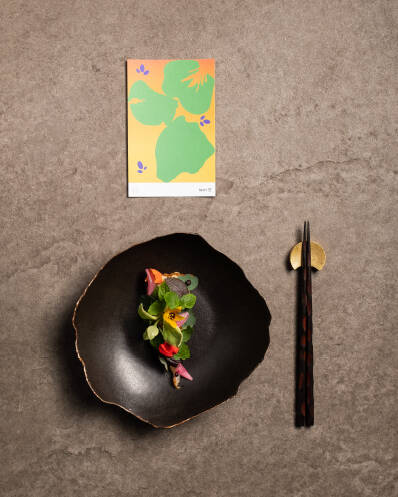
Atomix
104 E. 30th St. New York
www.atomixnyc.com

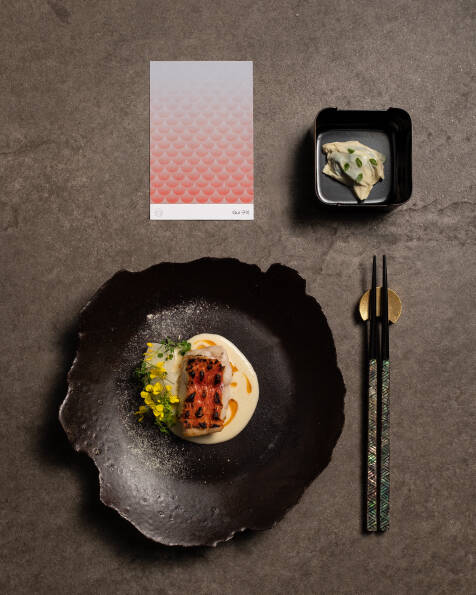
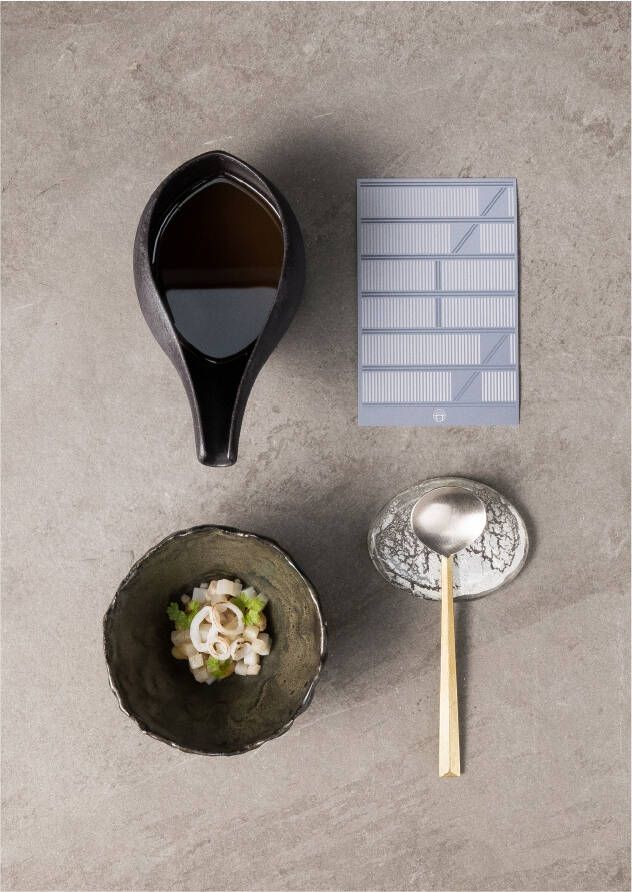


It’s a gracefully unobtrusive way to present information that is more important than ever. It allows the moment to be about the food, as it should be, while still imparting a sense of the history, culture, and creative energy that goes into the making of a successful restaurant dish. And perhaps more importantly, doing so at a moment of the guest’s choosing. “Food and the experience of dining is made of so much rich cultural information,” says Park. “And at Atomix we aspire to be a place where guests are able to feel comfortable and able to explore, interact, and enjoy.”
Their solution to this conundrum is both elegant and beautiful. The menu at Atomix consists of a series of flash cards, one for each dish in the ten course tasting menu. The cards feature stunning, almost minimalist artistic representations of the dish they represent, but they are much more than a pretty picture. Park: “Our menu cards double as a way for us to communicate the details we consider important. It allows us to elaborate on the ingredients in each dish, where we source those ingredients from, our inspirations or process behind each dish, and even the ceramicist whose dish we plate it on.”
“We love fine dining, but we have always felt that despite it being` overall, it can be hard to remember all the dishes in the course of a meal, especially as time passes. So, prior to opening Atomix, we knew we wanted to give our guests a memento - something beautiful and tangible they could take home - that would bring them back to their dinner at Atomix,” says Executive Chef and Owner of Atomix Junghyun Park.






A restaurant menu is there to inform, or in some cases to guide. It’s presented to the guest; the guest makes a choice, and the menu is forgotten for the rest of the evening. But there are no rules saying it can’t be more than that. At Atomix in New York City, the menu is elevated to an integral part of the dining experience, and a lasting memory for guests to hold on to.
Jelle Steenbergen Sander v.d. Meij Diane Kang
COOL CONCEPT
2 min
A restaurant menu is there to inform, or in some cases guide.

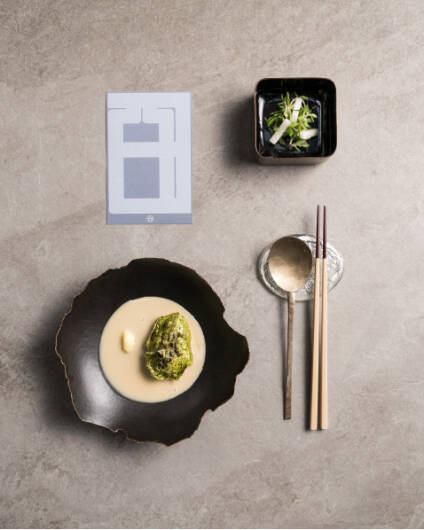

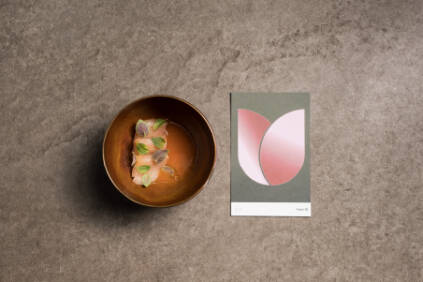
It’s a gracefully unobtrusive way to present information that is more important than ever. It allows the moment to be about the food, as it should be, while still imparting a sense of the history, culture, and creative energy that goes into the making of a successful restaurant dish. And perhaps more importantly, doing so at a moment of the guest’s choosing. “Food and the experience of dining is made of so much rich cultural information,” says Park. “And at Atomix we aspire to be a place where guests are able to feel comfortable and able to explore, interact, and enjoy.”
Their solution to this conundrum is both elegant and beautiful. The menu at Atomix consists of a series of flash cards, one for each dish in the ten course tasting menu. The cards feature stunning, almost minimalist artistic representations of the dish they represent, but they are much more than a pretty picture. Park: “Our menu cards double as a way for us to communicate the details we consider important. It allows us to elaborate on the ingredients in each dish, where we source those ingredients from, our inspirations or process behind each dish, and even the ceramicist whose dish we plate it on.”


“We love fine dining, but we have always felt that despite it being` overall, it can be hard to remember all the dishes in the course of a meal, especially as time passes. So, prior to opening Atomix, we knew we wanted to give our guests a memento - something beautiful and tangible they could take home - that would bring them back to their dinner at Atomix,” says Executive Chef and Owner of Atomix Junghyun Park.
Jelle Steenbergen Sander v.d. Meij Diane Kang
A restaurant menu is there to inform, or in some cases to guide. It’s presented to the guest; the guest makes a choice, and the menu is forgotten for the rest of the evening. But there are no rules saying it can’t be more than that. At Atomix in New York City, the menu is elevated to an integral part of the dining experience, and a lasting memory for guests to hold on to.




2 min
